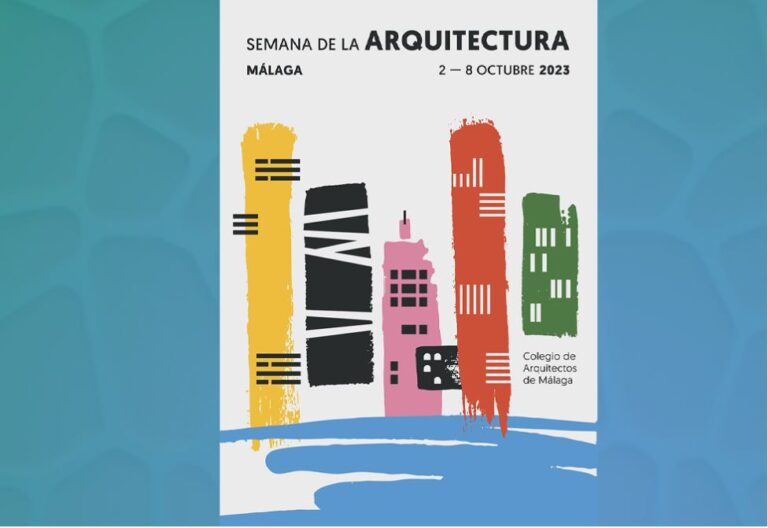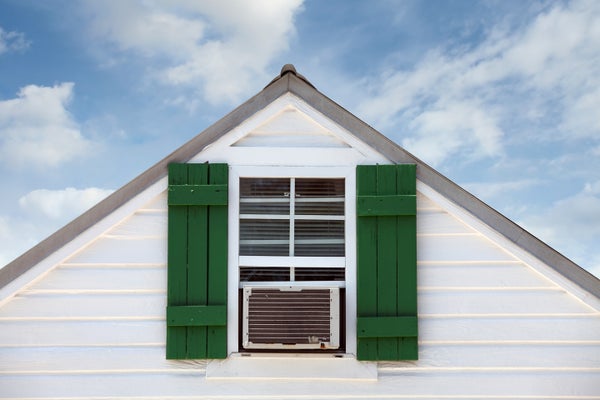These 15 Dynamic Photos Will Make You Want to Dance
These 15 Dynamic Photos Will Make You Want to Dance
Get footloose with these Smithsonian Magazine Photo Contest dance scenes
Photographs selected by Quentin Nardi
Text by
Tracy Scott Forson
June 13, 2025
In the 1500s, ballet roles for female characters were performed by men. Women entered the art form in the late 1600s and are now dominant in ballet.
Libby Zhang, Texas, 2016
Like many art forms, dance transcends cultures, countries and continents. Flamenco, breakdancing, ballet, tango and other well-known genres are all forms of movement performed all across the globe.
While being a professional can take decades of dedication and training, one appeal of dance is that you don’t have to be an expert to participate in or enjoy it. Just visit any preschool for evidence of that. “The arts teach tolerance because there is no one way of doing anything,” said dance icon and Emmy winner Debbie Allen. While some forms of dance are more structured and formal than others, they’re all about using the body as a tool of expression. Take a look.
In Istanbul, a customary trance-like dance, embodying spiritual devotion and the pursuit of unity with the divine, is performed as part of a Sufi ceremony.
Uku Sööt, Turkey, 2024
Passersby cheer and applaud energetic dancers in vibrant colors as they entertain a crowd at Fuzhou.
Yi Yuan, China, 2024
A young dance student’s elegant movements are complemented by the flow and motion of her beautiful garment.
Felicia Tolbert, Michigan, 2024
During a celebration in Tyrol, the locals perform a traditional dance called Schuhplattler, which is very demanding physically and requires the dancers to reach their shoes while jumping.
Ory Schneor, Austria, 2024
Young dancers strike poses for photos before participating in a performance at Brihadeeswara Temple.
Ravikanth Kurma, India, 2019
Members of Hush Crew, based in Boston, perform at public venues around the city—and all over social media—showing off their dance skills.
Paul Karns, Massachusetts, 2024
A flamenco dancer from Granada jumps to heights that could rival any NBA Hall of Famer.
Javier Fergo, Spain, 2017
Dancers of the Ho Chi Minh City Ballet nearly collide as they practice for a performance titled The Roof.
Le Nguyen Huy Thuy, Vietnam, 2015
Genres converge as two dancers fuse the movements and choreography of ballet and hip-hop.
Tom Griscom, Tennessee, 2015
A teenage dance student celebrates the first day of summer with an iconic ballet leap.
Vicki Surges, Minnesota, 2010
Dressed in elaborate, ornate garments, dancers celebrating Day of the Dead participate in a colorful parade.
Michelle Atkinson, Texas, 2013
With roots in Italy, ballet, like many forms of dance, is now common in countries and cultures around the world.
Xiaoping Mao, China, 2023
Bodies blur as they move to the music during a party to celebrate the festive week of Maslenitsa at the St. Petersburg State University.
Anton Golyshev, Russia, 2011
A wedding party celebrates new nuptials with a dance through the historic alleys of New Orleans’ French Quarter.
Osman Sharif, Louisiana, 2021
Get the latest Travel & Culture stories in your inbox.
#these #dynamic #photos #will #makeThese 15 Dynamic Photos Will Make You Want to Dance
These 15 Dynamic Photos Will Make You Want to Dance
Get footloose with these Smithsonian Magazine Photo Contest dance scenes
Photographs selected by Quentin Nardi
Text by
Tracy Scott Forson
June 13, 2025
In the 1500s, ballet roles for female characters were performed by men. Women entered the art form in the late 1600s and are now dominant in ballet.
Libby Zhang, Texas, 2016
Like many art forms, dance transcends cultures, countries and continents. Flamenco, breakdancing, ballet, tango and other well-known genres are all forms of movement performed all across the globe.
While being a professional can take decades of dedication and training, one appeal of dance is that you don’t have to be an expert to participate in or enjoy it. Just visit any preschool for evidence of that. “The arts teach tolerance because there is no one way of doing anything,” said dance icon and Emmy winner Debbie Allen. While some forms of dance are more structured and formal than others, they’re all about using the body as a tool of expression. Take a look.
In Istanbul, a customary trance-like dance, embodying spiritual devotion and the pursuit of unity with the divine, is performed as part of a Sufi ceremony.
Uku Sööt, Turkey, 2024
Passersby cheer and applaud energetic dancers in vibrant colors as they entertain a crowd at Fuzhou.
Yi Yuan, China, 2024
A young dance student’s elegant movements are complemented by the flow and motion of her beautiful garment.
Felicia Tolbert, Michigan, 2024
During a celebration in Tyrol, the locals perform a traditional dance called Schuhplattler, which is very demanding physically and requires the dancers to reach their shoes while jumping.
Ory Schneor, Austria, 2024
Young dancers strike poses for photos before participating in a performance at Brihadeeswara Temple.
Ravikanth Kurma, India, 2019
Members of Hush Crew, based in Boston, perform at public venues around the city—and all over social media—showing off their dance skills.
Paul Karns, Massachusetts, 2024
A flamenco dancer from Granada jumps to heights that could rival any NBA Hall of Famer.
Javier Fergo, Spain, 2017
Dancers of the Ho Chi Minh City Ballet nearly collide as they practice for a performance titled The Roof.
Le Nguyen Huy Thuy, Vietnam, 2015
Genres converge as two dancers fuse the movements and choreography of ballet and hip-hop.
Tom Griscom, Tennessee, 2015
A teenage dance student celebrates the first day of summer with an iconic ballet leap.
Vicki Surges, Minnesota, 2010
Dressed in elaborate, ornate garments, dancers celebrating Day of the Dead participate in a colorful parade.
Michelle Atkinson, Texas, 2013
With roots in Italy, ballet, like many forms of dance, is now common in countries and cultures around the world.
Xiaoping Mao, China, 2023
Bodies blur as they move to the music during a party to celebrate the festive week of Maslenitsa at the St. Petersburg State University.
Anton Golyshev, Russia, 2011
A wedding party celebrates new nuptials with a dance through the historic alleys of New Orleans’ French Quarter.
Osman Sharif, Louisiana, 2021
Get the latest Travel & Culture stories in your inbox.
#these #dynamic #photos #will #make











:focal(2854x1930:2855x1931)/https://tf-cmsv2-smithsonianmag-media.s3.amazonaws.com/filer_public/de/cf/decf8e10-23ea-4086-9570-0315e45be31c/317c1e48-3e27-430c-a0c0-f5589243e7f2.jpg)
